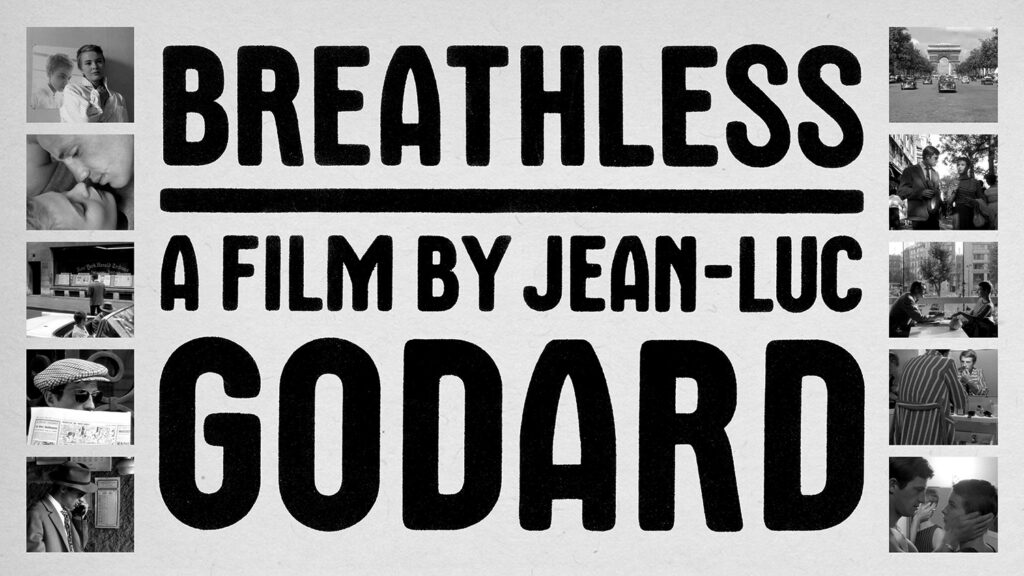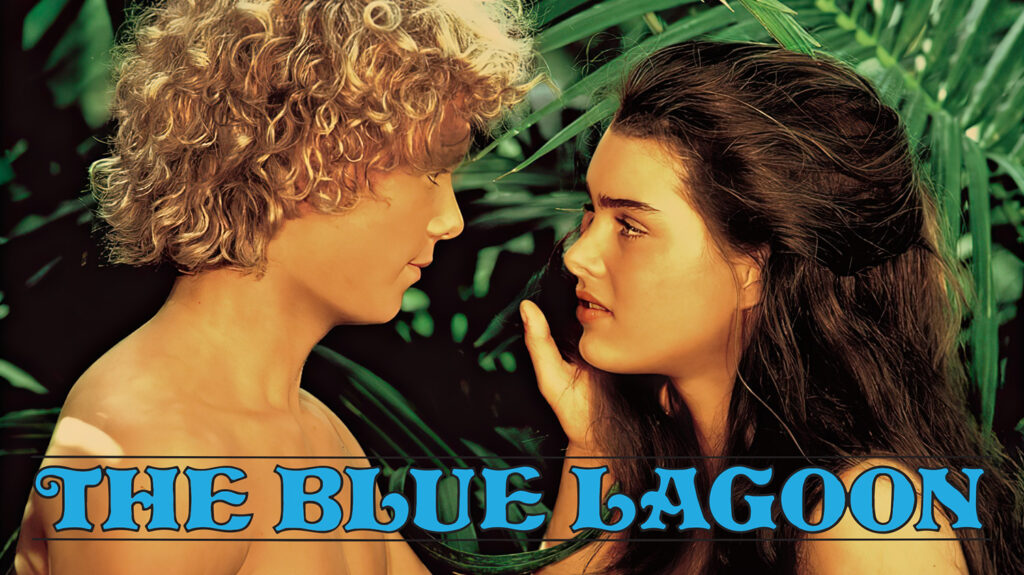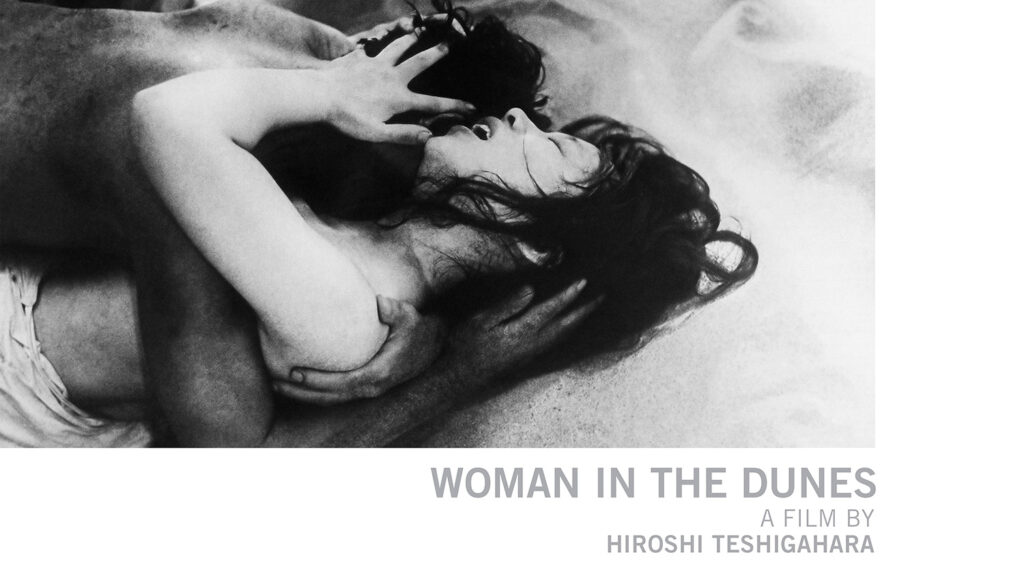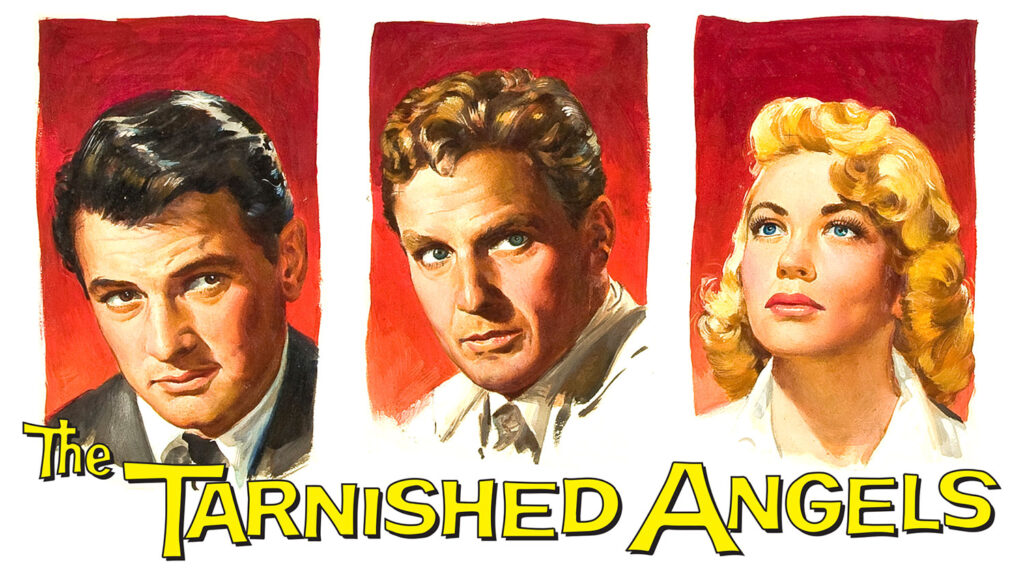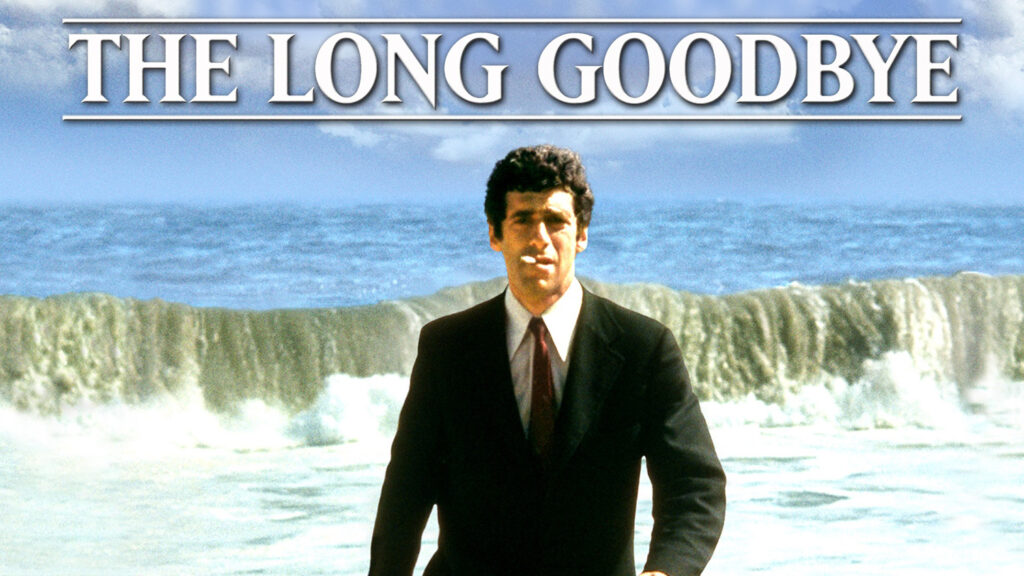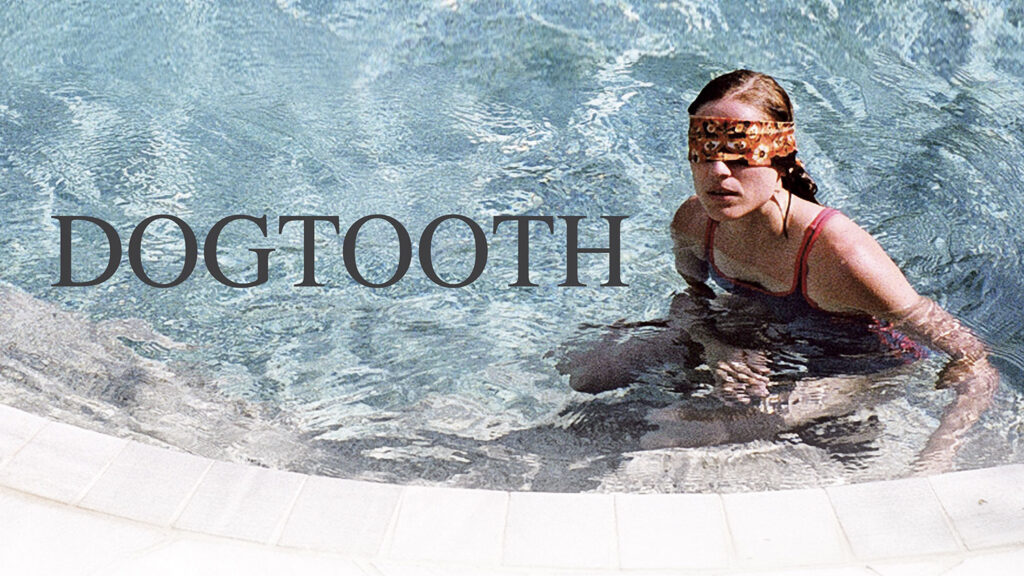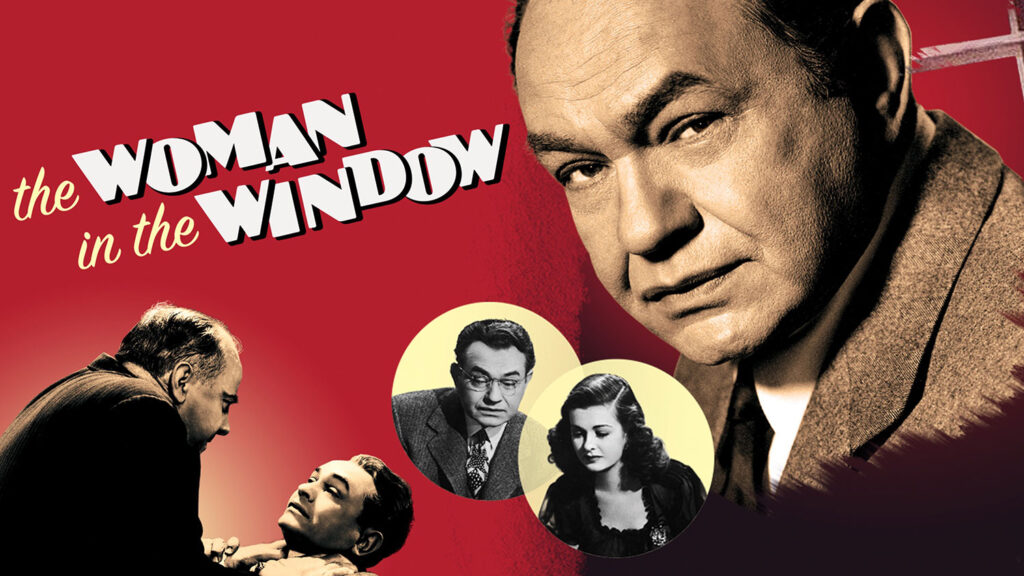A word about film club
Our Criterion Channel film club kicked off with a discussion of The Chase (1966) on Jan. 8, 2021.
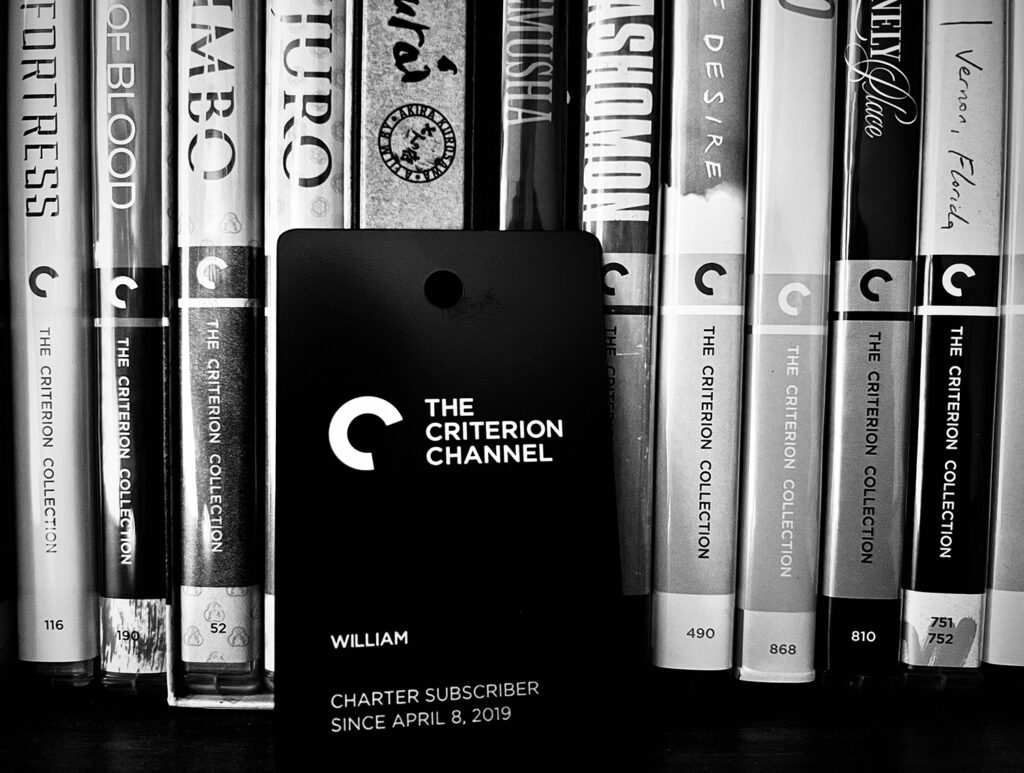
The nine of us in that initial group had been in COVID lockdown since the spring of 2020. The Zoom get-togethers on Friday nights were a wonderful way to safely socialize during the pandemic and to talk about great movies.
After the most recent discussion on April 14, 2023, about Breathless, our film club is going on hiatus. (That also explains the lack of a post last week.)
Our group lost and gained members during those two years and three months. And now that the world has opened back up, it’s been harder for the latest group of seven to carve out time on Friday nights for everyone to log in for the discussions.
